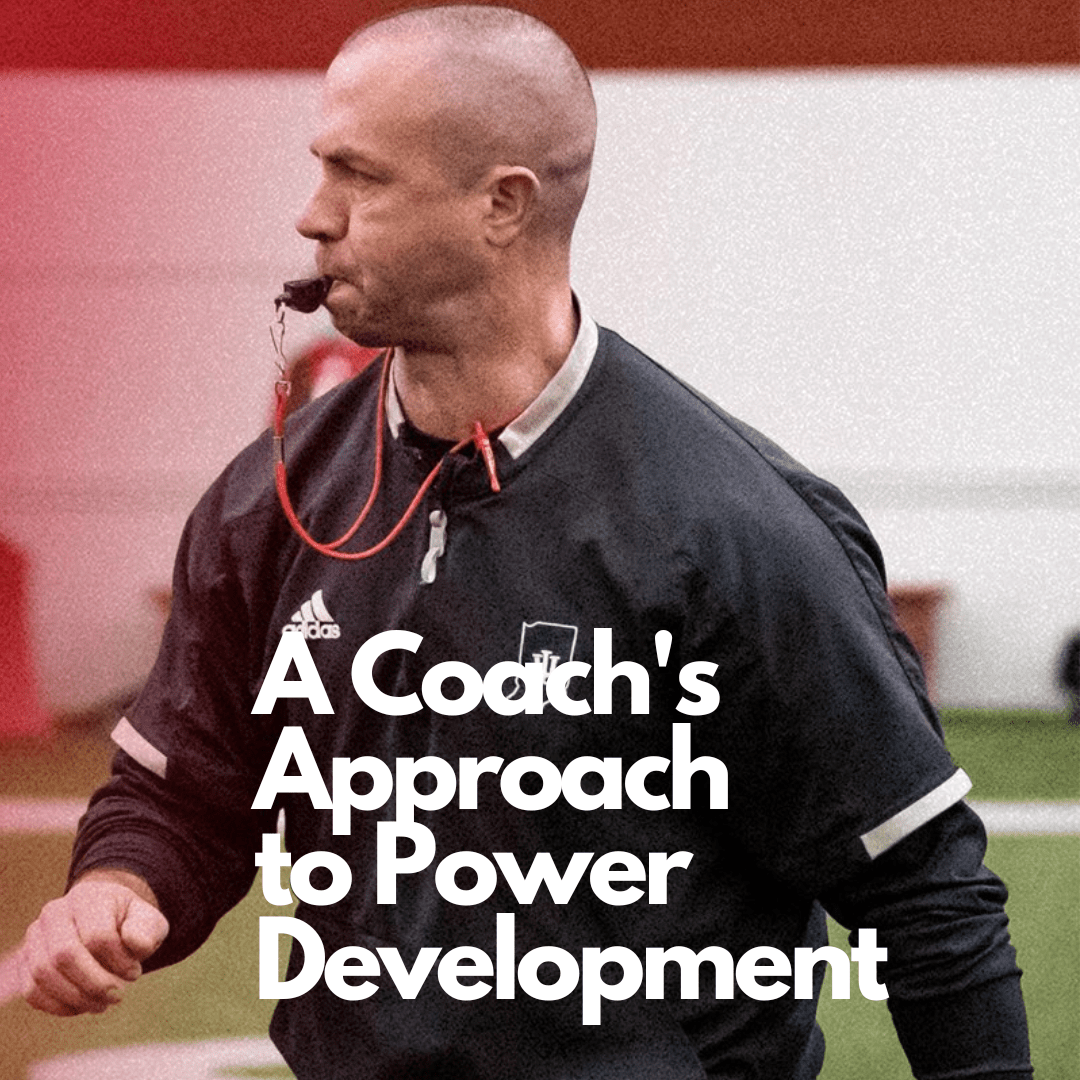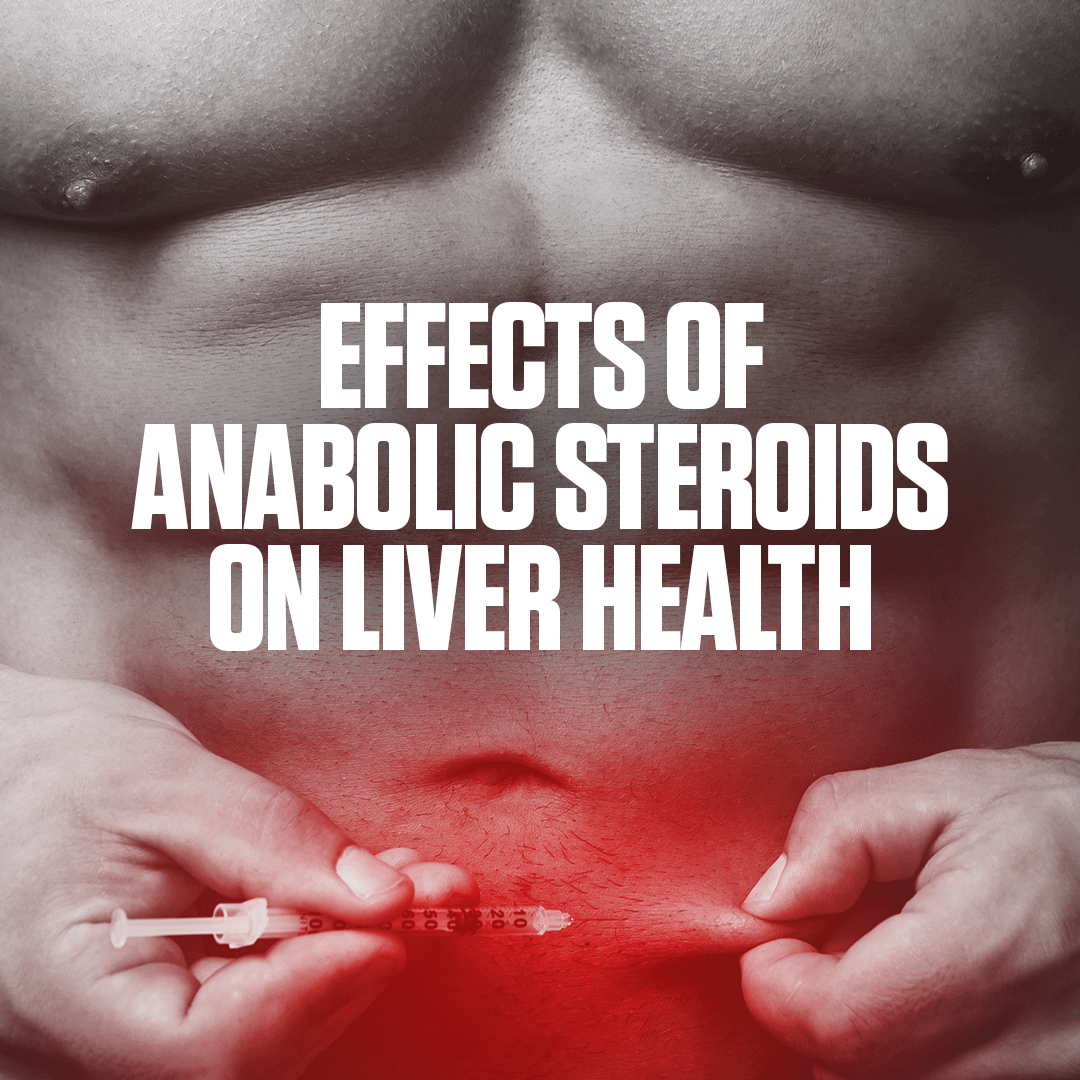Written by Aaron Wellman, PhD. with over 25 years of experience in football strength and conditioning. Former National Football League (NFL) strength and conditioning coach and current college senior assistant athletic director for Indiana University.
Explosive Power Development for Athletes
Power is most easily understood as the speed of movement against a given resistance and is arguably the single best measure of an athlete’s overall performance. While the ability to move heavy loads, commonly referred to as ‘strength’ is vitally important, the ability to move loads quickly is equally important, particularly for athletes. To be powerful, both force and velocity components must be developed.
Power is defined as the product of force and velocity: Power = Force x Velocity
Or, another way to think of this is: Power = Strength x Speed
A “Force-Velocity” continuum exists where certain exercises will be more force-dominant, while others will be more velocity-dominant based on the load utilized and their nature of execution. For example, a barbell squat with a heavy load (i.e., >80-90% of 1 RM) would constitute a “force-dominant” exercise, while a squat jump using only the weight of the barbell (45lbs) would fall much further down the continuum towards the “velocity” end. Because power is the product of force multiplied by velocity, improving either of these components may lead to increased power production and thereby the explosiveness of the athlete (3). Therefore, all points of the force-velocity curve should be trained to maximize the explosiveness of an athlete.

*Image property of PERCH Fit
Absolute / Max Strength
Absolute/Max strength is the maximum amount of force that may be produced in a specific movement. This zone is typically associated with intensities > 90 % of 1RM.
Exercises associated with Max Strength: Squats, Deadlifts, Presses at > 90% 1 RM.
Accelerative-Strength
This training zone lies between max strength and strength-speed and falls into the higher intensity zone of peak power production. Training in the Accelerative-Strength zone typically results in lower absolute forces than the maximal strength zone, but results in higher movement velocities.
Exercises associated with Accelerative-Strength: Olympic Lifts at 80-90% of 1 RM
Strength-Speed
Strength-Speed refers to moving relatively heavy loads as fast as possible. This zone resides toward the strength side of the peak power zone.
Exercises associated with Strength-Speed: Barbell Squats with Band Tension at ~ 50-60% of 1 RM
Speed-Strength
Speed-Strength refers to moving at very high velocities with the maximal load possible. Peak forces are typically lower than strength-speed exercises, due to the increased movement velocity
Exercises associated with Speed-Strength Exercises: Weighted Squat Jumps, Single Leg Box Jumps
Max Speed
Max Speed is simply the maximum movement velocity an athlete is able to produce through a specific movement, and by nature, the lower peak forces are generally associated with these movements.
Exercises associated with Max Speed Exercises: Bodyweight Jumps, Plyometrics, Sprinting.
When designing an athletic training program to increase power, it is important to consider what specific physical qualities need to be developed. Each training zone of the force-velocity curve will result in a specific physiological adaptation and therefore a determination of individual needs is recommended. If an athlete possesses high force/strength capabilities (i.e. has a High 1RM Squat Max), but low velocity/speed (i.e. Low Vertical Jump), then spending time at the maximal velocity and speed-strength zones may be of greater benefit for the athlete.
A program aimed at improving athletic power would be incomplete without at least a brief discussion on the importance of nutrient intake, particularly in the pre- and post-workout window. Net increases in protein synthesis leads to increases in muscle cross-sectional area, resulting in the potential for greater force production. Growth hormone is a potent anabolic hormone influencing muscle growth. Consuming a protein and carbohydrate supplement 2-hours pre- and immediately post-exercise has been shown to result in a 14-fold increase in growth hormone levels following resistance training sessions (2). Cortisol, on the other hand, is a catabolic hormone, generally thought to inhibit muscle growth by decreasing protein synthesis, resulting in the break down of muscle protein (1). Elevations in this hormone are often linked to stressors including intense exercise, overtraining, and inadequate recovery resulting from poor nutrient intake, lack of sleep, etc. (4). The good news for hard-training athletes is protein and carbohydrate supplementation not only dramatically increases the post-exercise growth hormone response, but also decreases cortisol levels over the course of consecutive training days (2).
This is precisely why we recommend athletes consume a high-quality, easily digestible protein and carbohydrate formula like CARNIVOR LEAN MEAL, for those athletes looking to maintain weight and gain lean muscle mass, or CARNIVOR MASS for those needing higher caloric intake for increased weight gain.
References:
- Burger ME. Neuromuscular and hormonal adaptations to resistance training: Implications for strength development in female athletes. Streng Cond J 2002; 24 (3): 51-9
- Kraemer W, Volek J, Bush J, et al. Hormonal responses to consecutive days of heavy resistance exercise with or without nutritional supplementation. J Appl Physiol 1998; 85 (4): 1544-55).
- Stone, M.H., (1993). Literature review: Explosive exercises and training. National Strength and Conditioning Association Journal, 15(3), pp.7-15
- Urhausen A, Kindermann W. Diagnosis of overtraining: What tools do we have? Sports Med 2002; 32 (2): 95-102



